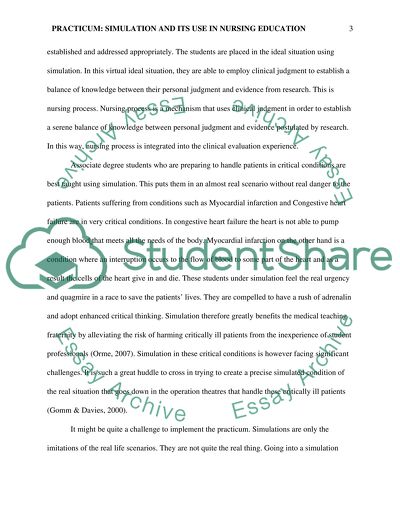Cite this document
(“Simulation and Its Use in Nursing Education Term Paper”, n.d.)
Retrieved from https://studentshare.org/nursing/1450689-practicum-goal-perform-a-role-of-a-nursing
Retrieved from https://studentshare.org/nursing/1450689-practicum-goal-perform-a-role-of-a-nursing
(Simulation and Its Use in Nursing Education Term Paper)
https://studentshare.org/nursing/1450689-practicum-goal-perform-a-role-of-a-nursing.
https://studentshare.org/nursing/1450689-practicum-goal-perform-a-role-of-a-nursing.
“Simulation and Its Use in Nursing Education Term Paper”, n.d. https://studentshare.org/nursing/1450689-practicum-goal-perform-a-role-of-a-nursing.


